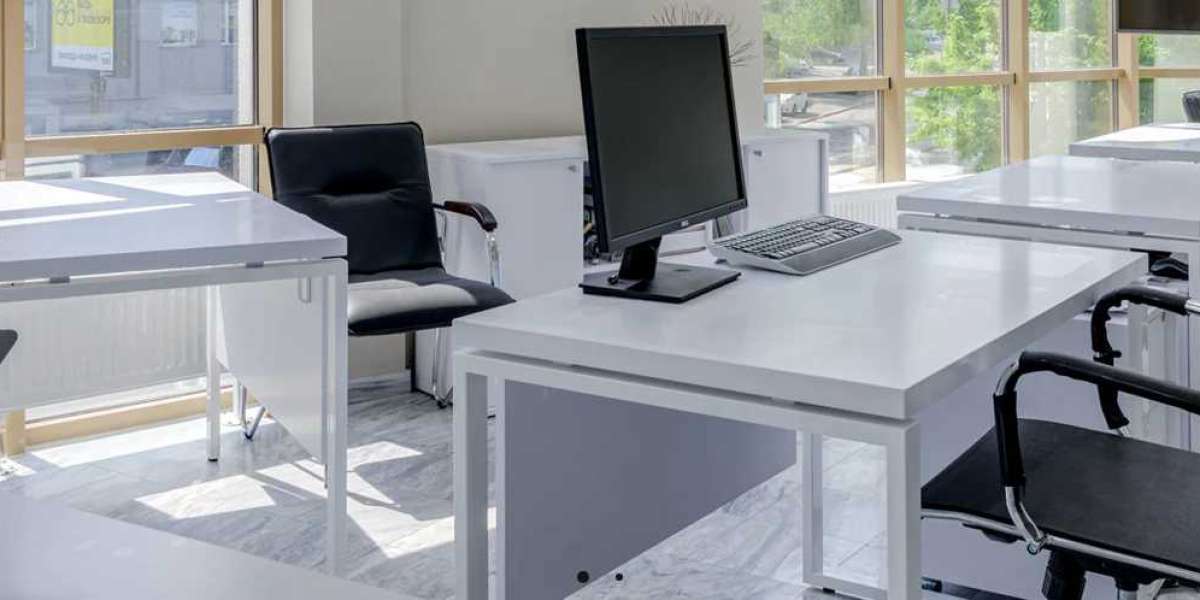Designing office furniture is a meticulous process that involves creativity, functionality, and a deep understanding of user needs and preferences. Here's a step-by-step overview of the design process behind office furniture:
1. Research and Analysis: The design process begins with thorough research and analysis to understand the requirements, challenges, and trends in office furniture design. Designers study user behaviors, ergonomic principles, workspace layouts, material innovations, and market dynamics to inform their design decisions and identify opportunities for innovation.
2. Concept Development: Based on research insights, designers brainstorm ideas and concepts for office furniture that address user needs and align with the brand identity and values of the organization. Sketching, ideation sessions, and mood boards are used to explore different design directions and visualize potential solutions.
3. Prototyping and Testing: Once concepts are developed, designers create prototypes or mockups of the proposed furniture designs to evaluate their functionality, ergonomics, aesthetics, and usability. Prototypes may be tested in simulated office environments or through user feedback sessions to gather insights and identify areas for improvement.
4. Iterative Design Refinement: Designers iterate on the initial concepts based on feedback from prototype testing, refining the design to enhance performance, comfort, and user experience. Iterative design refinement may involve adjusting dimensions, materials, finishes, and details to achieve optimal balance between form and function.
5. Material Selection and Sourcing: Materials play a crucial role in office furniture design, impacting aesthetics, durability, sustainability, and user comfort. Designers carefully select materials based on their performance characteristics, environmental impact, and aesthetic appeal. Sustainable sourcing practices are prioritized to minimize ecological footprint and promote responsible stewardship of natural resources.
6. Engineering and Technical Development: Once the design concept is finalized, engineers and technical experts collaborate to translate the design into manufacturable products. Engineering considerations include structural integrity, assembly methods, manufacturing processes, and compliance with industry standards and regulations.
7. Production and Manufacturing: Office furniture is produced through a combination of traditional craftsmanship and advanced manufacturing techniques. Skilled artisans and craftsmen work alongside automated machinery to fabricate components, assemble furniture pieces, and apply finishes. Quality control measures are implemented throughout the production process to ensure consistency and precision.
8. Testing and Certification: Finished furniture products undergo rigorous testing and certification to verify compliance with safety, performance, and durability standards. Testing may include load-bearing tests, stability tests, durability tests, and safety certifications to ensure that furniture meets or exceeds industry requirements and user expectations.
9. Packaging and Distribution: Once furniture products pass quality assurance tests, they are packaged and prepared for distribution to retailers, dealers, or directly to customers. Packaging materials are chosen for their protective qualities and eco-friendliness, minimizing waste and environmental impact during transportation and delivery.
10. Installation and User Support: Upon delivery, office furniture may require assembly or installation by trained professionals or end users. Manufacturers may provide installation instructions, assembly guides, and customer support services to assist users in setting up their furniture and addressing any issues or concerns that may arise.
By following a systematic and collaborative design process, designers can create office furniture that meets the functional, aesthetic, and ergonomic needs of users while adhering to quality standards and sustainability principles. From concept development to production and distribution, each stage of the design process contributes to the creation of innovative and inspiring furniture solutions that enhance the modern workplace.



